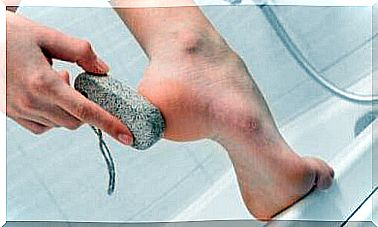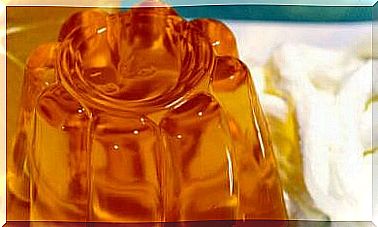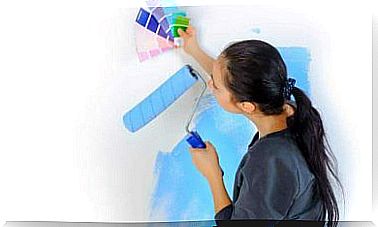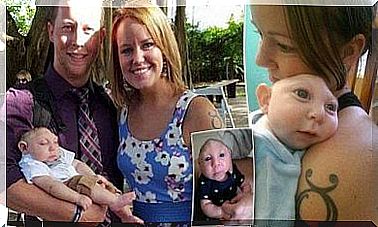Flatulence In Babies: What To Do?
Maybe your little darling swallows too much air while eating and as a result suffers from flatulence. You will then need to help him to prevent discomfort, irritability, and crying. Find out today what you can do in this case.
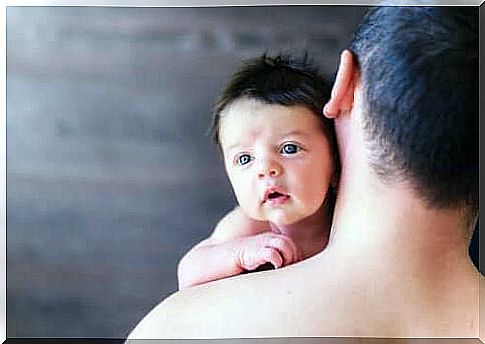
Especially in the first three months of life, bloating often leads to unpleasant discomfort and irritability in babies . Because if too much air collects in the intestine, stomach pain occurs and the baby pulls the legs painfully. This, in turn, worries the parents because they see that their little one is suffering.
Today’s guide to what you can do to relieve your baby of gas and gas .
Flatulence in the baby
Many babies suffer from flatulence in the first few months of life. Because they first have to perfect the suction technique and swallow a lot of air in the process, especially when they are bottle-fed.
The air then collects in the stomach and intestines and causes discomfort and discomfort. As a result, the baby feels troubled, irritable and often suffers from abdominal pain. It then expresses its discomfort by crying.

Since air in the abdomen causes digestive discomfort, it is important to give the baby the opportunity to expel the air through the mouth during and after feeding. You have to help him make a tummy tummy. An upright posture while sitting or over the shoulder makes it easier for the infant to expel air. You can find more tips below.
Different types of gas
Basically, we differentiate between two types of flatulence, which depend on where exactly the air accumulates:
- Air in the stomach: As already mentioned, the baby usually swallows this while feeding.
- Air in the intestines: In this case, there may be poor digestion or a food intolerance. You should speak to your pediatrician so he can examine your little one and give you appropriate recommendations. Maybe you just need to use a different formula milk.
Flatulence in the baby: how to help the little one
There are a variety of techniques and tricks to help the baby properly expel air and prevent discomfort. We have summarized the most helpful ones for you:
Correct posture when feeding the baby
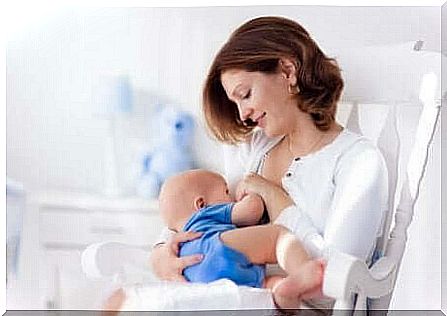
It is important to maintain proper posture when breastfeeding or feeding your baby . This way, your little darling can suckle better and you prevent him from swallowing too much air. Here are a few tips:
- The baby needs to get a good grip of the nipple and areola, otherwise it will most likely swallow a lot of air while drinking.
- However, make sure that your child’s gums aren’t pressing too hard on the nipple. Because this prevents it from getting enough milk and it also swallows more air.
Prevent flatulence in babies with bulbs
During and after feeding, it is important to give the baby the opportunity to expel air by belching. Here too, posture is very important. Don’t forget the burp cloth to avoid getting dirty!
- Rest your child’s body on your chest and their head on your shoulder.
- Another option is to put the baby on your knee with their back to you. Hold it with your hand on his chest and fingers on his chin.
- You can also put your little darling on your arm with its stomach. Its tummy is pressed against your arm by its own weight and so it can expel air. Remember, however, that the child’s head should always be slightly higher than the rest of the body.
While your child is in the correct position to expel air, gently massage their back. Gentle, tapping movements on the back are also helpful.
Allow around 5 to 10 minutes for your child to actually burp and get rid of the troublesome air. If it still doesn’t work, then you shouldn’t worry any more. Sometimes you just can’t hear the peasant. After 10 minutes you can put your little one to sleep without any problems.
When is the best time for the baby to burp?
You now know how important it is to give your child time to burp. But when exactly should the peasant be done? Usually the best time is after you eat. In some cases, however, it is also advisable to interrupt breastfeeding or feeding with the bottle so that the child can burp in between.
- If the infant is restless while feeding , he may be swallowing too much air. You can then take a five to ten minute break to give him the opportunity to wilt. You can then continue breastfeeding or give your child the rest of the bottle.
- You can also take a short break when you change breasts. After your baby expels air, you can then give him the other breast.
- If you give your little one the bottle, you can, for example, take a break every 60 ml if he is suffering from ailments. This gives the baby time to expel air.
After a short time you will find out for yourself how your child is doing best. If he is drinking correctly, there is no need to stop. However, it is important to give him time after feeding to make a little burrow.
Choose the right teat for the bottle
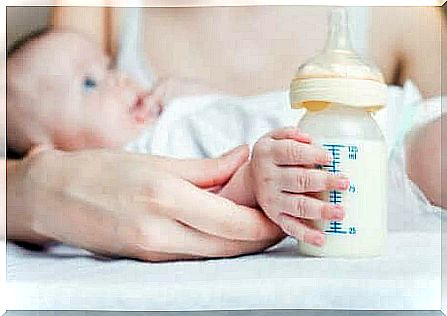
When you are giving your child the bottle, choosing the right teat is essential. You have to consider the age of the baby, because the size of the teat has to be adjusted accordingly. If it is too big, the infant will not only swallow milk, but also air.
So make sure you make the right choice and seek advice from a specialist shop. There are also special teats for children who suffer from flatulence and colic. These direct the air outside while the child is drinking.
Is the peasant always necessary?
Sometimes it seems like the baby is always swallowing air while drinking. We therefore believe that it must always open up afterwards. But that doesn’t necessarily have to be the case. Especially when you breastfeed your child, the correct posture and suction technology will prevent them from taking in air.
In this case there is also no need to make a burrow after feeding. If you try for a while (5 to 10 minutes) and massage your baby gently or patting them gently on the back, you can let them rest afterwards, even if they couldn’t burp.

